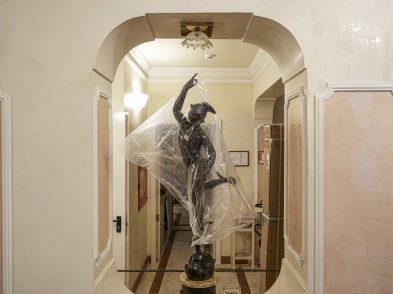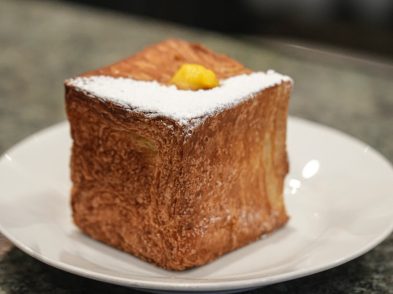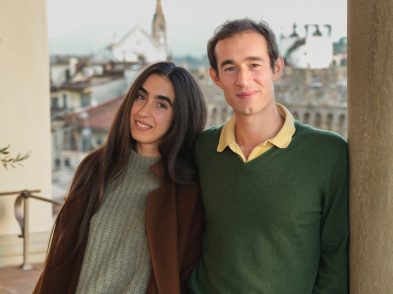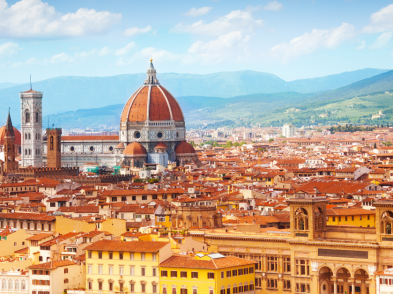In his Oltrarno home full of iconic images, we chatted with Massimo Listri on the release of his coffee table book about the Palazzo Vecchio, which inspired this month’s cover of The Florentine.
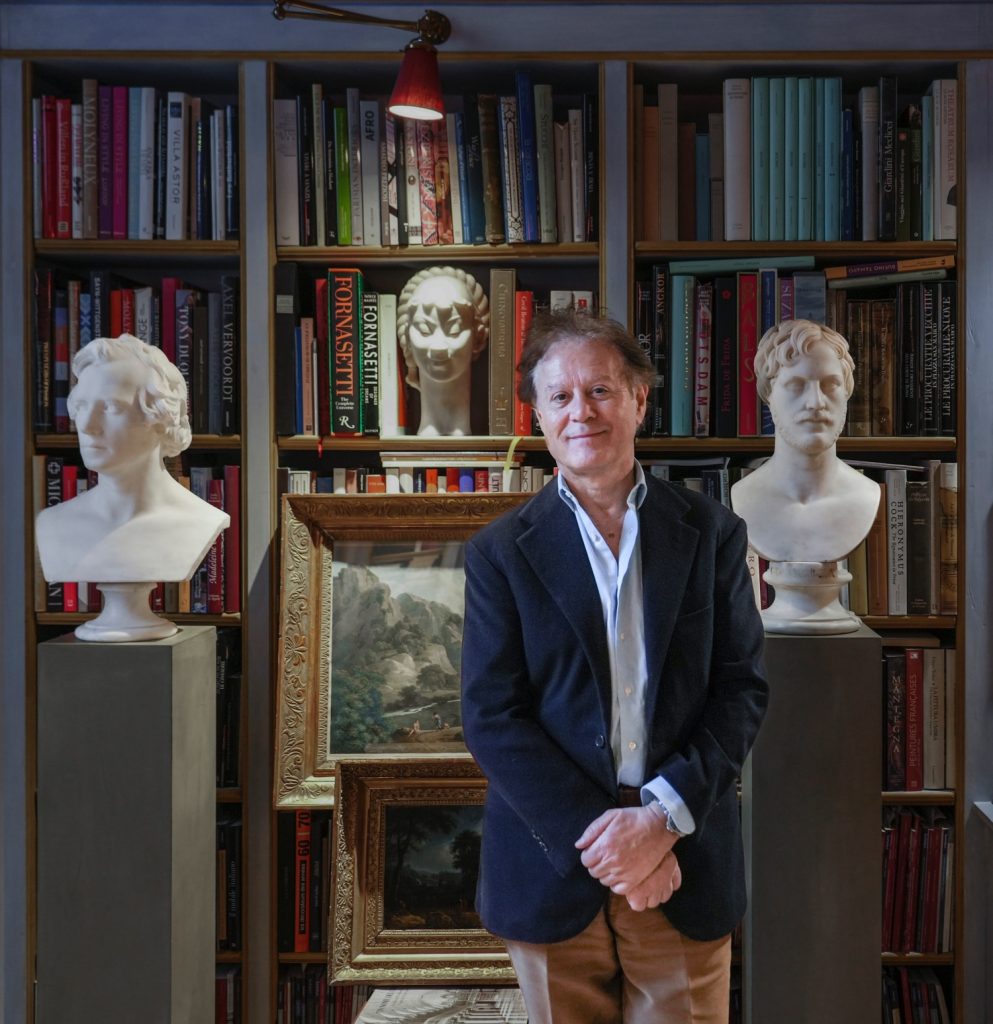
Where does your love of interiors come from?
It’s innate. When I was young, I was always looking at architecture and started to photograph at the age of 18, and I was already dedicating my time to interior photography. Then when I was around 25, I worked for IRI, which managed industrial reconstruction at the time, and I photographed steel mills. I met Franco Ricci in 1982 and a world of possibilities opened up with the amazing FMR Magazine for me to do everything I liked. That was the turning point. In 2007, the lab had a machine to print large photographs and we decided to do an exhibition in Florence during the antiques biennial. We sold every single photograph, and even had a waiting list! Then in 2009, we did a show in the beautiful Sala Bianca at Palazzo Pitti.
Your photos are clear and precise. How do you decide what to capture?
At the moment I have almost 500 photographs as works of art. My archive, on the other hand, has more than 200,000 photographs. So, when I make a book, like the one on Versailles or the recent one about the Palazzo Vecchio, I manage to produce two or three additional images. The book on the Palazzo Vecchio is also a story, so it requires illustrative and elegant captures. But then there are photographs that have something extra, a meta-physicality, a poetry of their own that, once printed and enlarged, become a work in their own right.
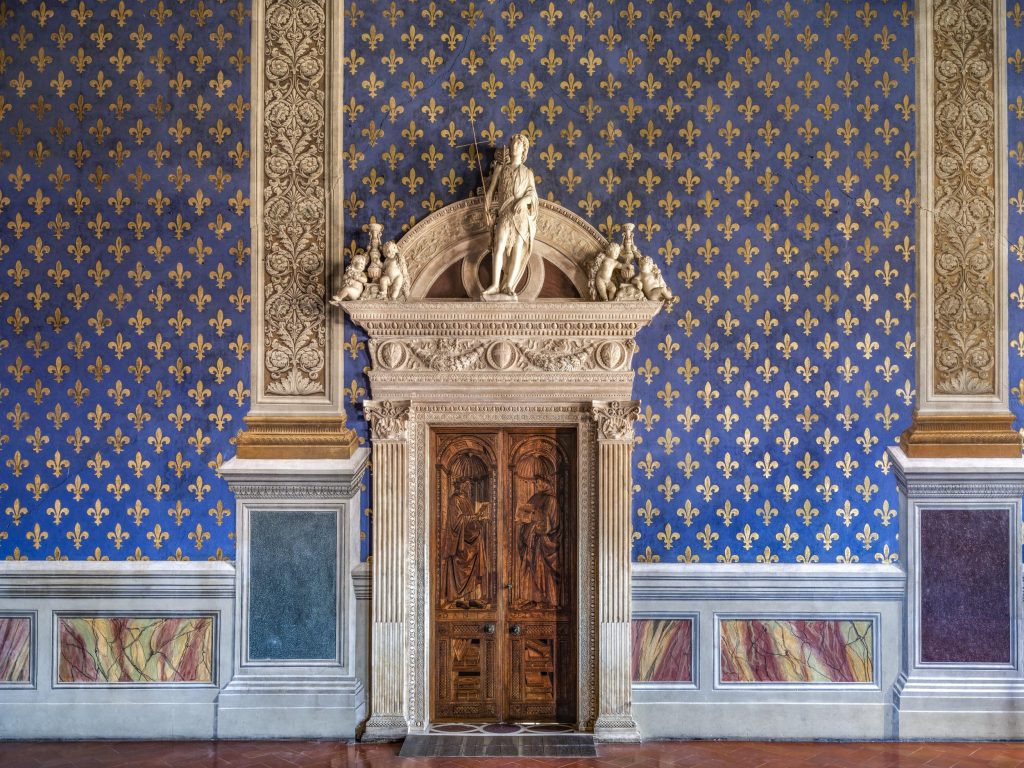
How does it feel when you find a subject that could become a photograph?
The other day, I took some pictures to complete a book for Taschen. I went to the National Gallery in London for two days. They asked me for five or six important interior images, but then I went to the restoration workshop and an artistic photograph was the end result. I also had a moment in the Pompadour Apartments, in Versailles, when they had removed all the paintings for restoration. Or the incredible moment in time at the Vatican Museums, when they had removed the statues, moved them into the middle of this corridor and covered them in transparent blue sheets. They looked like veiled goddesses. It’s the moment that interests me.
How is your art received?
It depends on the client. Perhaps the image doesn’t come across in a digital format, but the emotion is different when we’re faced with the same large-sized photograph in person. With a photograph, you know what you’re buying. Five versions of a photographic work might be expensive, but the price remains stable. If you buy contemporary art from an unknown or an emerging artist, you might pay between 20,000 and 50,000 euro and the risk is that, after a while, it might vanish from the market.
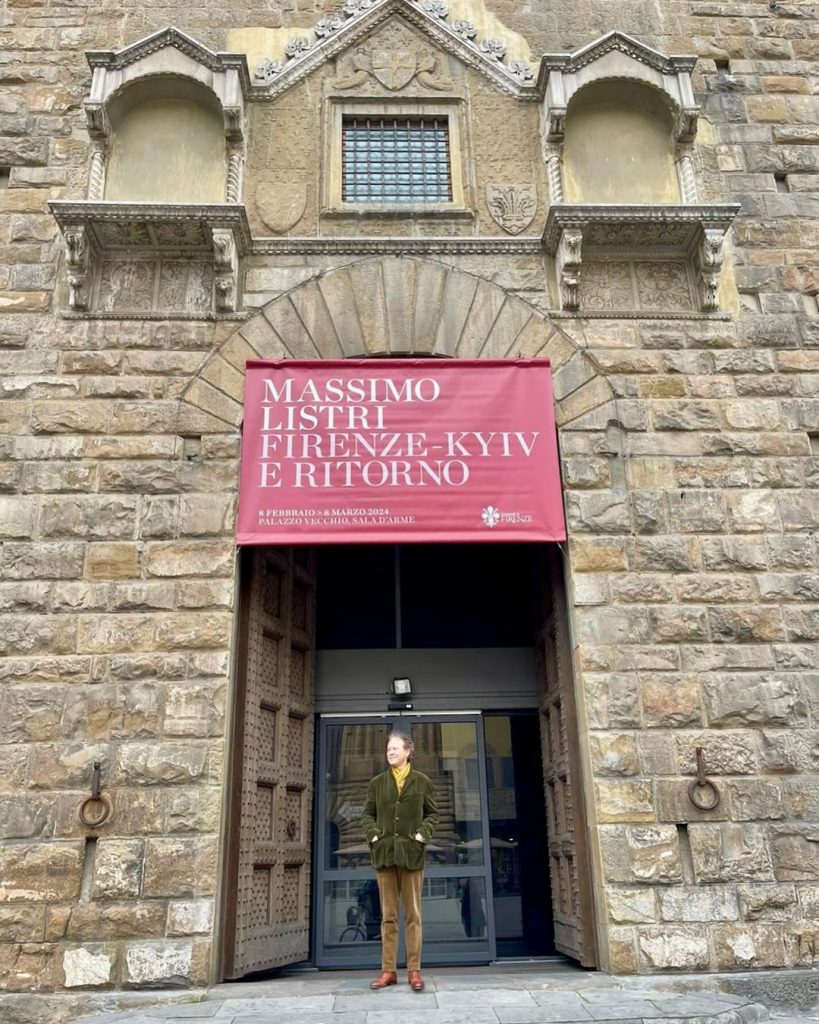
Can photography fit into an art collection?
Photographic works are not afraid of comparison within a collection. Some of my clients placed my photography alongside a Fontana, for example, which is a marvellous thing. Because a beautiful photograph can be positioned next to a beautiful painting. A collector of mine invited me to his small museum near Chartres, and he wanted me to go to him because he had bought a large photograph of mine at the Venice Biennale and had placed it next to a work by Frank Stella, another very important painting. I have antiquarian friends who placed a photo on top of a Roman sarcophagus worth 300,000 euro. Photography, if expertly placed, has its own reason for existing in a collection.
Is your approach to artistic photography a time-consuming process?
The photography itself is quite fast. Once I went to Dublin and St. Petersburg on the same day to do two artistic captures. The work lies in the planning. For example, it took two years to cover the exhibition at the Vatican Museums, not so much for the photographs, which I could have done in the morning, but because the museums were full and eight people blocked off access to the spaces that I had seen and planned. That’s because the photographs had to be taken in the June light.
In photographing the Palazzo Vecchio, was there something that surprised you?
The huge amount of work that it takes to clear out the Salone dei Cinquecento. I photographed it empty, so we had to move everything out. It’s one of the hardest rooms to photograph and give a sense of order because halls are not very photogenic. Then there’s the fact that the Palazzo Vecchio is haphazard; all the walls are irregular.
How did you fall in love with photography?
It started when I was 16. My dad was a cultural journalist, so our house was always full of books and magazines, and I was fascinated by the images. I started to take my first photographs in a darkroom. Then I was given a more professional camera and I’d get up at 5am to go to the market and do what we now call street photography in a Cartier-Bresson style. I photographed everything: my cat, doors… I was shooting all the time. I’d buy metres of film and assemble them on rolls. At 18 years old, when I started living by myself, I was already almost making a livelihood from photography.
Have we already seen everything there is to see about Florence or are there some visual secrets left?
It’s like conducting a symphony. You interpret it differently with different nuances every time you conduct it. The city is always changing in its staticity and there are always different ways of viewing it. A book on Florence’s museums and its gardens would have no end.
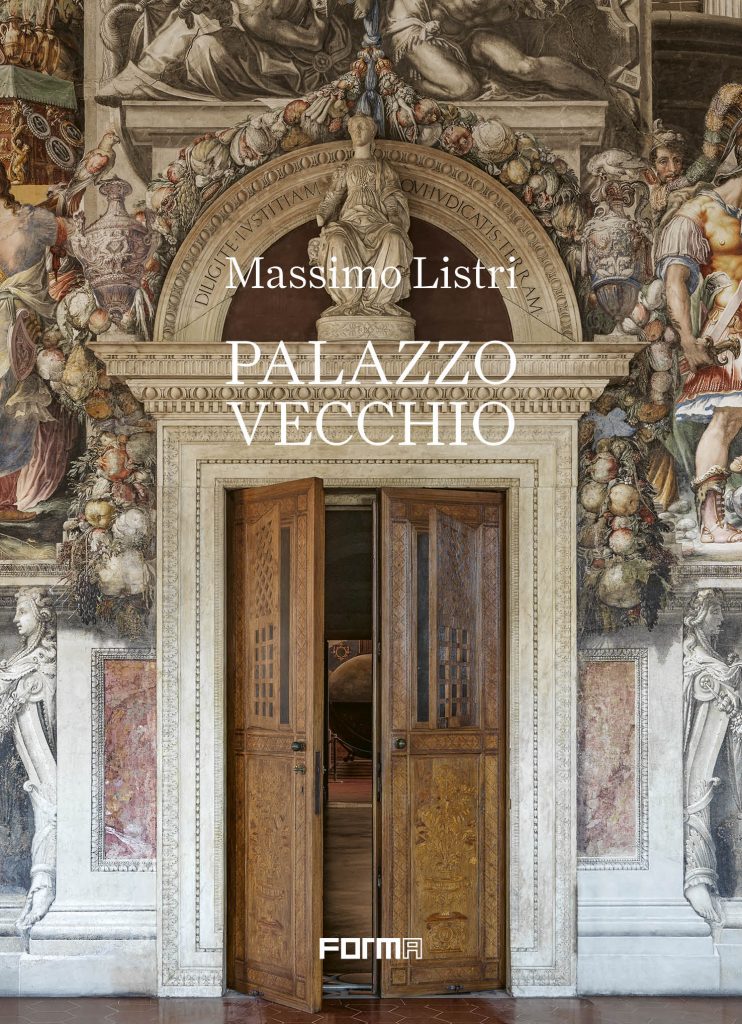
Internationally renowned photographer Massimo Listri presents a 256-page coffee table book about the Palazzo Vecchio, showing its most exquisite artistic and architectural features in the best light. Both the world-famous and the lesser known corners are flaunted in vibrant colour and refined detail in the first photographic volume dedicated solely to the centre of civic power. Edited by Sergio Risaliti, essays by Serena Pini, Musei Civici Fiorentini curator, Carlo Francini, UNESCO head of the Centro Storico, and Dario Nardella, Mayor of Florence accompany the glossy photography. Published by Forma Edizioni, the book is available in separate English and Italian editions.


